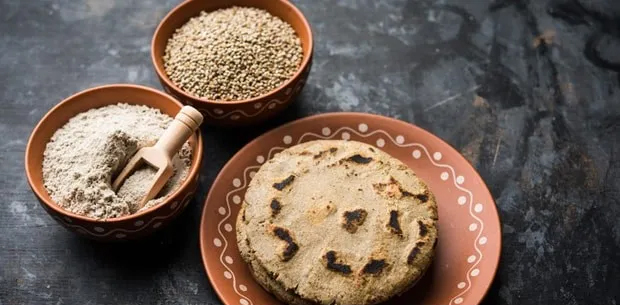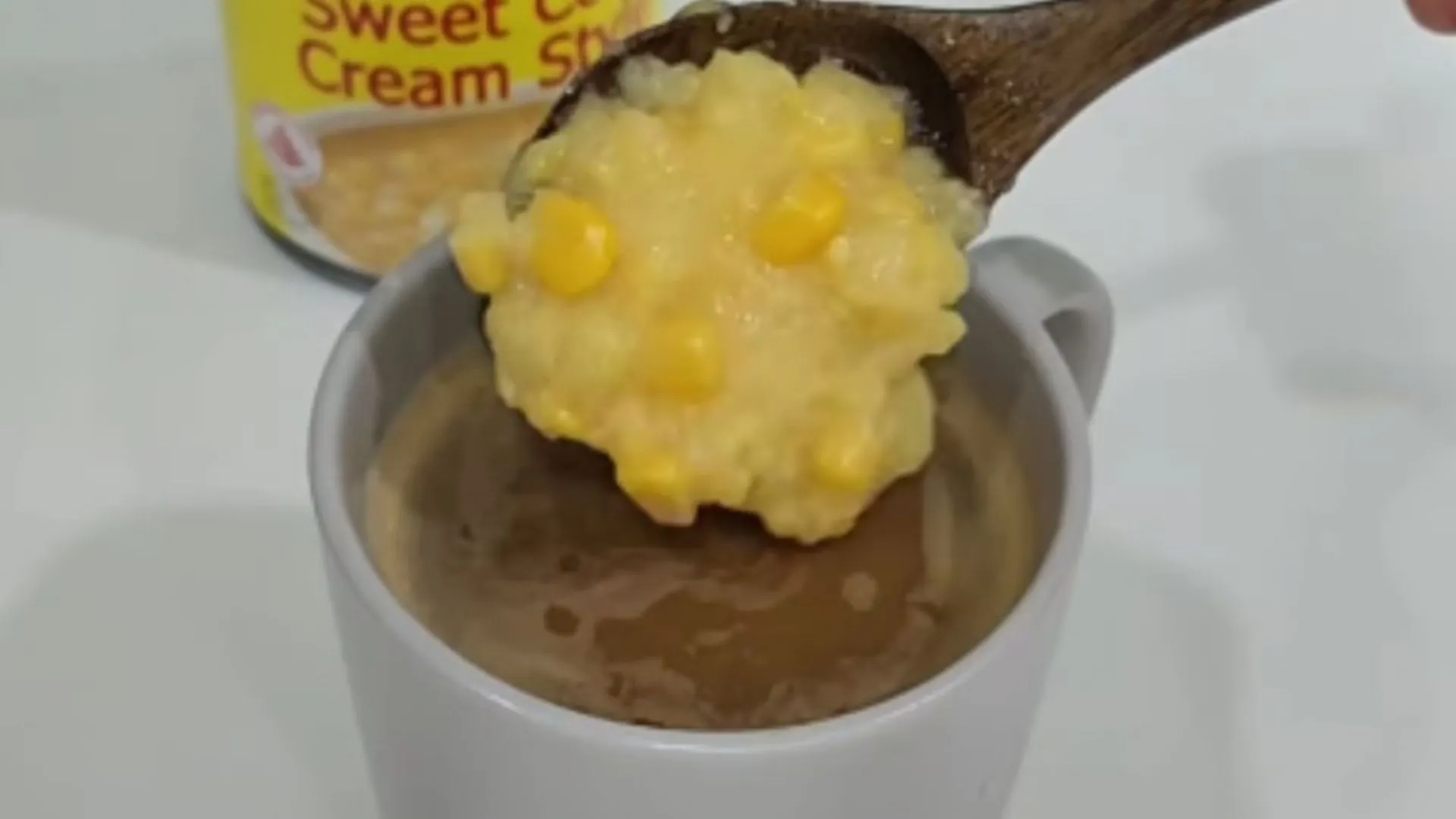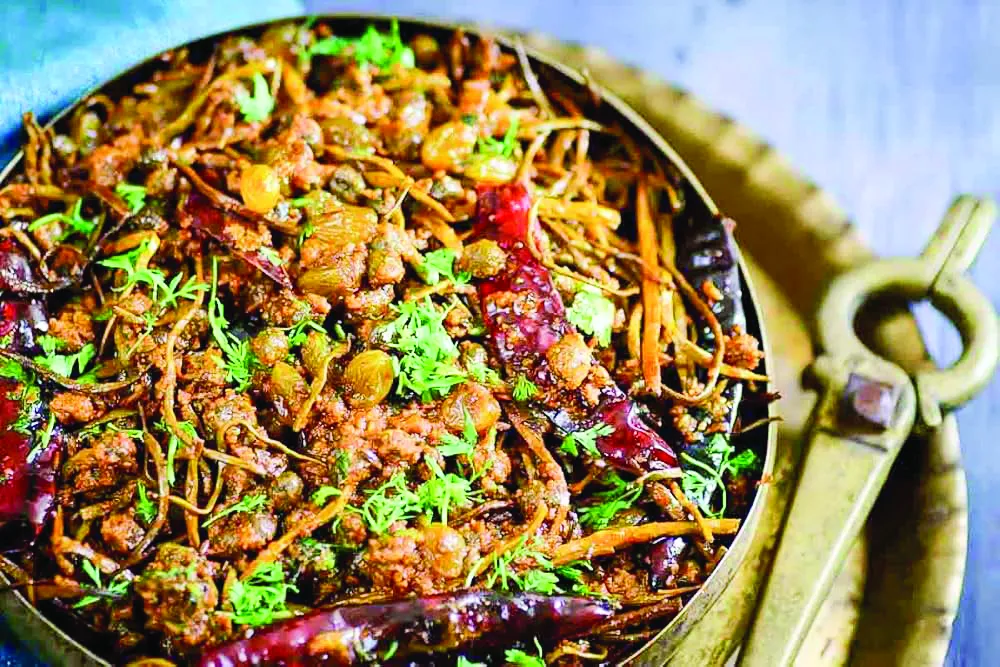We find ourselves in an era where staying healthy is not just a trend but a lifestyle choice. Even amidst our busy 9-5 routines, people worldwide are paying more attention to their well-being. Whether it’s adopting vegan or keto diets, everyone is on the hunt for the best way to enhance their health. Among the numerous culinary trends emerging, one has particularly piqued the interest of health-conscious individuals: Baking with millets.
Millets, often referred to as “nutri-cereals,” have been dietary staples across the globe for centuries, especially in India, where they have been a significant part of daily meals for generations. Millets are not only a great source of energy but also an integral part of our cultural heritage. Today, they are making a triumphant return to modern kitchens, earning a coveted spot on the menus of those striving to maintain a healthy weight. Millets are also an exceptional choice for baking for several compelling reasons. It stands out as the best gluten-free alternative to wheat flour, with pearl millet being the cream of the crop.
Notably, millets are rich in niacin, which not only bolsters our physical health but also plays a pivotal role in maintaining healthy skin and facilitating over 400 enzyme reactions within our bodies. Furthermore, millets help regulate blood sugar due to their low content of simple carbohydrates and high levels of complex carbohydrates, making them a low glycemic index (GI) food—an excellent choice for those with diabetes. Their high dietary fiber content promotes improved digestion, while they are also packed with vitamins A and B, phosphorus, potassium, antioxidants, calcium, and iron. Given these nutritional virtues, home cooks and bakers alike are swapping refined flour for millets when crafting a variety of mouthwatering baked treats. While millet flour cannot be used as a standalone replacement, it can be gradually substituted for a portion of your current flour, adjusting to your taste buds over time. When blended with other flours like sweet rice flour, gluten-free oat flour, or tapioca flour, millet flour transforms into a versatile and nutritious all-purpose mix.
Each type of millet boasts its distinct flavor profile, allowing for a wide array of delectable creations, including bread, muffins, cookies, millet-based crackers, sweet and savory millet porridge, and more. When preparing these delicacies, it’s essential to be mindful of sugar levels and consider healthier alternatives like honey or applesauce. Practicing portion control is another effective way to manage calorie intake.
Incorporating millets into your weight-conscious baking routine can be a delightful and nutritious journey. Embracing these ancient grains enhances our overall physical well-being while producing scrumptious baked goods that align with our weight-conscious goals. Let’s embark on this wholesome and delightful baking adventure, savoring the goodness of millets in every bite.
The author is Founder & CEO- Confect, Entrepreneur, Food Technologist























